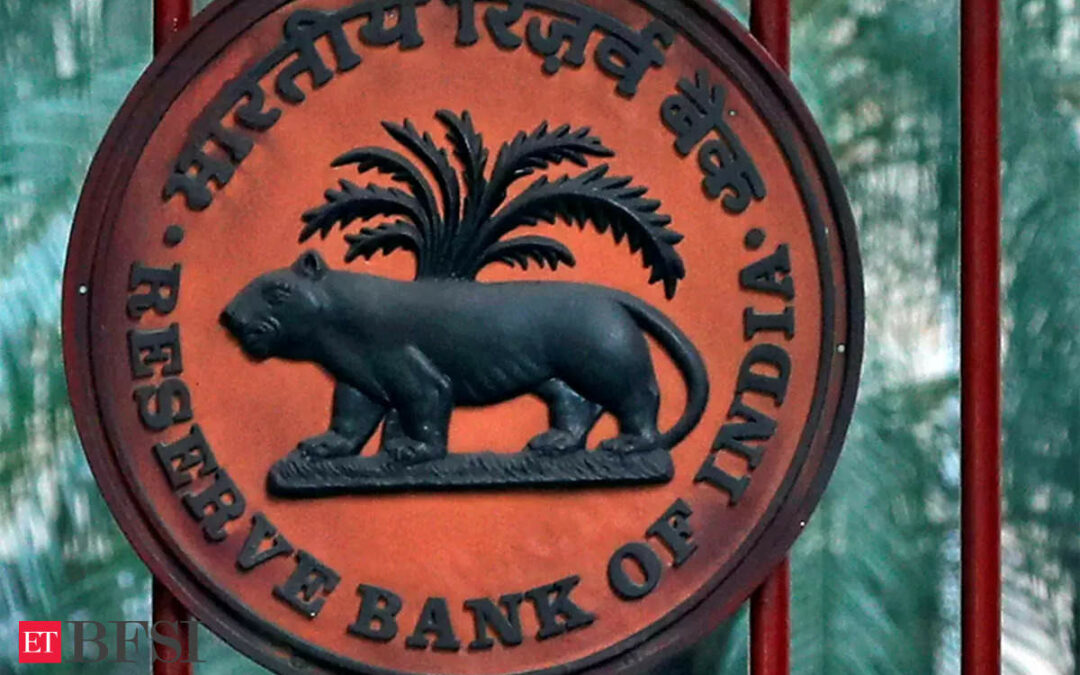The Reserve Bank of India (RBI) is contemplating a staggered implementation of the increase in provisioning for project financing to soften the blow on lenders and give them ample time to prepare for any impact on profitability. Projects nearing completion may also be given some leeway in provisions, people familiar with RBI’s plans said.
Facing flak from both lenders and the finance ministry, the central bank is treading a cautious line to ensure that the new norms don’t lead to any cost escalation, making projects unviable. However, it is determined to increase provisioning for such projects and implement them across regulated entities to plug emerging risks from a sector notorious for its delays.
“As of now, the thinking is to implement these norms slowly, staggering the provisions, so that lenders’ profit margins are not vastly impacted. Project finance lenders will be given enough time with due care taken to ensure funding for projects is not impacted,” said a person directly aware of RBI’s thinking. To be sure, the draft guidelines released in May said all regulated entities need to make 5% provisions in a phased manner when a project is in construction phase.
Big increase
A three-year path has been proposed to achieve this: 2% in fiscal 2025, 3.5% in fiscal 2026 and 5% by 2027. It substantially increases provisions from the flat 0.4% standard asset provisions on project loans currently.
The central bank’s thinking is to delay either the onset of these provisions by a year or increase the number of years to make the full provision. However, that decision has not yet been made, said the person cited above. “For projects that are a few months away from being operational, some sought of waiver may be allowed on a case-to-case basis,” this person said.
A spokesperson for RBI did not reply to an email seeking comment.
The draft norms say that for projects where the date of commencement of commercial operations (DCCO) is cumulatively deferred for more than two years and one year for infrastructure and non-infrastructure projects, respectively, lenders shall maintain additional specific provisions of 2.5% over and above the applicable standard asset provision.
Lenders are, however, more perturbed by the norms which say that the provisions will have to be made retrospectively even in projects where the loan was given earlier. Besides banks, infrastructure finance companies like Power Finance Corp and Rural Electrification Corp, which together have amassed more than Rs 15 lakh crore of loans, are likely to be most impacted.
“Staggered implementation is good, but the rise in provisions will ultimately impact profitability and make financing these projects unviable. This is in total contrast to the government’s push for infrastructure,” said a senior banking official.
Financial executives said the sharp backlash from both lenders as well as the finance ministry has led to a rethink in the RBI. “The government has asked a lot of questions in the last couple of months. The main point is RBI guidelines do not make a distinction between a hybrid annuity model (HAM) and a toll model or even a solar project. The risks for all three are different. The probability of default that the RBI has calculated is also on the higher side, which means solar projects which depend on debt financing, for example, will surely feel the pressure,” said another financial sector executive.
Unlike a private sector-maintained toll road, a HAM project involves participation of National Highways Authority of India (NHAI), reducing its risk substantially. Also, solar energy is an important part of the government infrastructure plan which envisages a total investment of more than Rs 11 lakh crore this fiscal. Financial executives said discouraging infrastructure lending will have a direct impact on the government’s 7% economic growth target for this fiscal.











